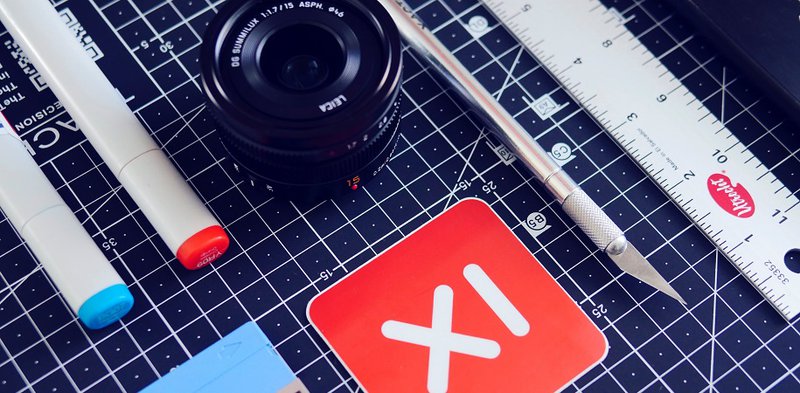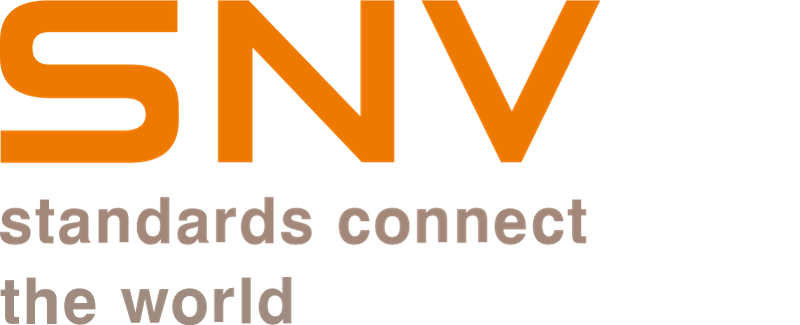
Standard setters in the spotlight - Part 1: DIN, A.S.I, SNV
The first part of our series on standardization organizations is about three of them from the German-speaking world.
Standards are indispensable not only for the work of manufacturers and testing service providers. In past articles, we have already dealt with standards in general and factory standards in particular. In several articles in the coming months, we will introduce the publishers of standards, the so-called standard-setters. We will start with three national standards organizations from the German-speaking world.
German Institute for Standardization (DIN)

The German Institute for Standardization was founded in December 1917 as the Standards Committee of German Industry (NADI). Before this, the Standards Committee for German Mechanical Engineering had already been set up in May 1917 on behalf of the Royal Factory Bureau (FABO), which had begun standardizing components (including those relevant for armament purposes). Within ten years, the NADI had already published 3000 standards, which were distributed by Beuth-Verlag, a publishing house founded for this purpose in 1924. In 1926, it was renamed the German Standards Committee (DNA), which joined the International Organization for Standardization (ISO) in 1951 with the status of "the only competent German organization for standardization". In 1961, DNA was also a founding member of the European Committee for Standardization (CEN). The German Institute for Standardization finally received its current name in 1975 under a treaty with the Federal Republic of Germany, which included the recognition of DIN as the national standards institute for the Federal Republic. Today, the organization can draw on more than 32,000 experts from various fields who contribute to DIN's standardization tasks. For example, the standardization committees bring together representatives from public institutions, industry, and research.
Among the more than 30,000DIN standards published to date, there are also several thousand testing standards that are relevant to the day-to-day work of testing laboratories. These cover a wide range of standardized test methods, from water and soil testing to destructive testing of welded joints on metallic materials and color testing of textiles.
Austrian Standards International (A.S.I.)

The Austrian standards organization; Austrian Standards International was founded in 1920 as the Austrian Standards Committee for Industry and Trade and renamed the Austrian Standards Committee (ÖNA) in 1932. In 1946, ÖNA was a founding member of ISO and in 1961 of CEN. In 1969, 2009, and 2018, renamings to the Austrian Standards Institute, Austrian Standards Institute, and finally, Austrian Standards International followed. The current name reflects that today a large part of the ÖNORMs published by A.S.I. in Austria is based on European and international standards, which were often co-developed by A.S.I. Among the members of the organization are more than 4000 experts from private companies, testing institutes, NGOs, administrative authorities, scientific and other institutions. They are organized in 150 committees with about 260 working groups dedicated to various standardization tasks.
The approximately 23,500 ÖNORMs published to date also include a four-digit number of test standards with which testing laboratories work. These include, for example, EMC standards and chemical testing standards.
Swiss Standards Association (SNV)

The Swiss Standards Association (SNV) was founded in 1919. In 1946 and 1961, the organization was also a founding member of ISO and CEN. In 1962, the SNV was finally constituted as an association and in the following years gave itself its current organization according to specialist areas. Currently, these are the following seven specialist areas: Interdisciplinary Standards (INB), Mechanical, Electrical, and Metal Industries (SWISSMEM), Civil Engineering (SIA), Roads and Transportation (VSS), Watchmaking (FH), Electrical Engineering (Electrosuisse) and Telecommunications (asut). SNV currently has over 650 members, including private and public companies from a wide range of industries as well as associations and public authorities.
Testing standards also account for a significant proportion of the more than 17,000 SN standards. These include tests on building materials and textile analyses.
Finding testing laboratories for DIN standards, ÖNORMEN, and SN standards

In German-speaking countries, numerous laboratories offer tests according to various standards from the various standardization organizations. On the international testing laboratory marketplace testxchange, such laboratories from Germany, Austria, and Switzerland are particularly well represented. If you need testing to a DIN standard, ÖNORM, or SN standard, you can submit a free request on testxchange to receive quotes from suitable laboratories.